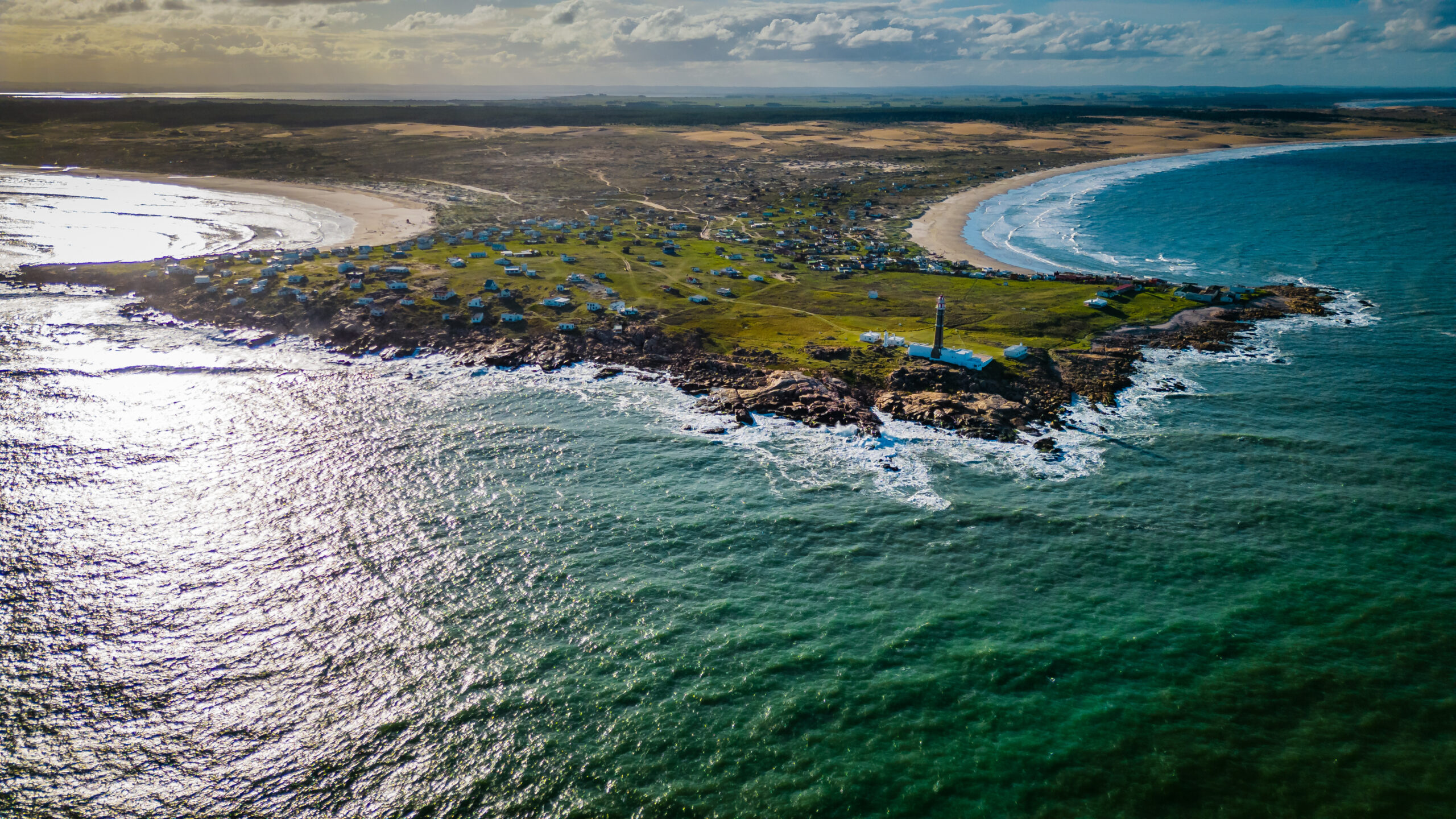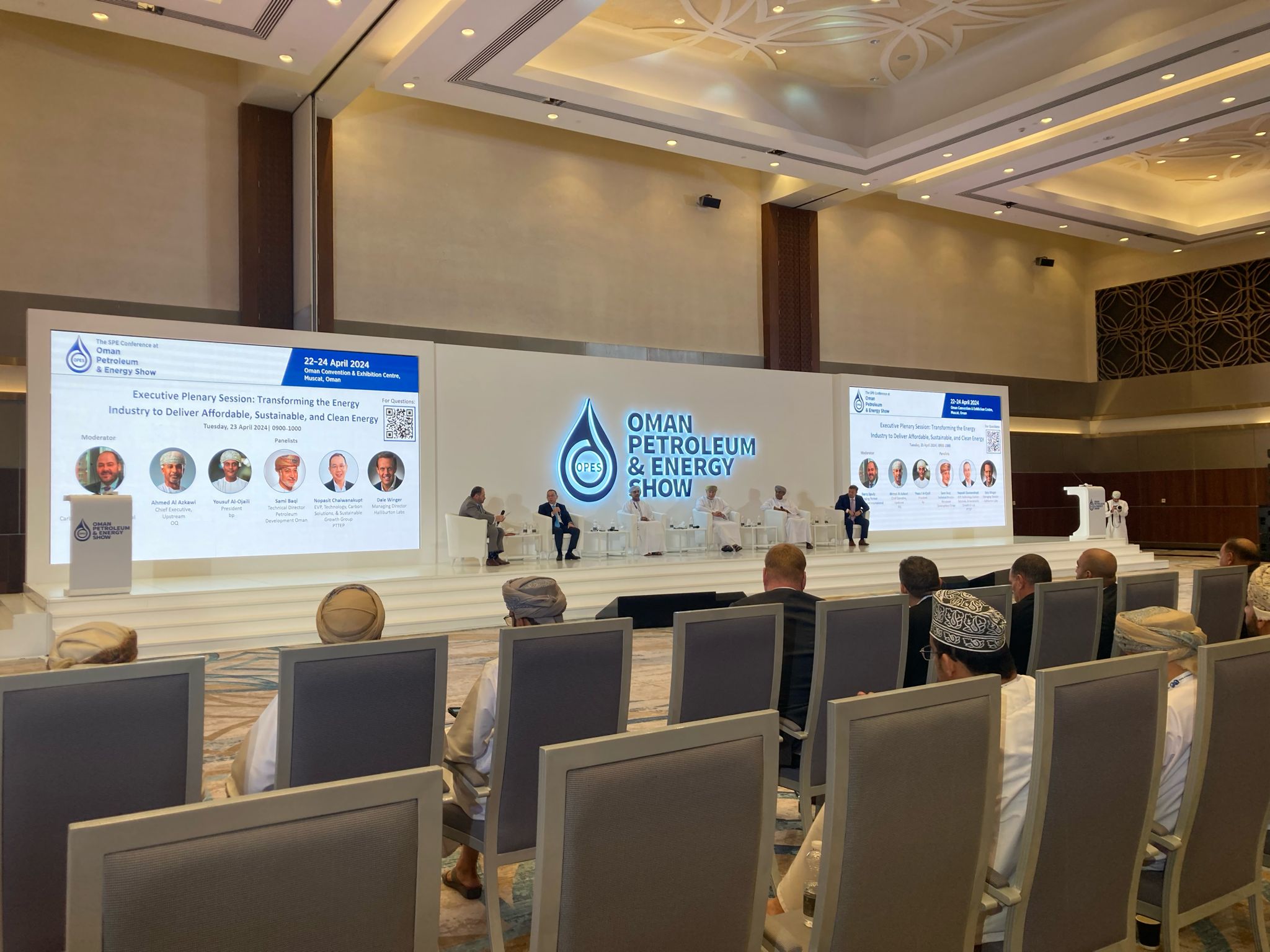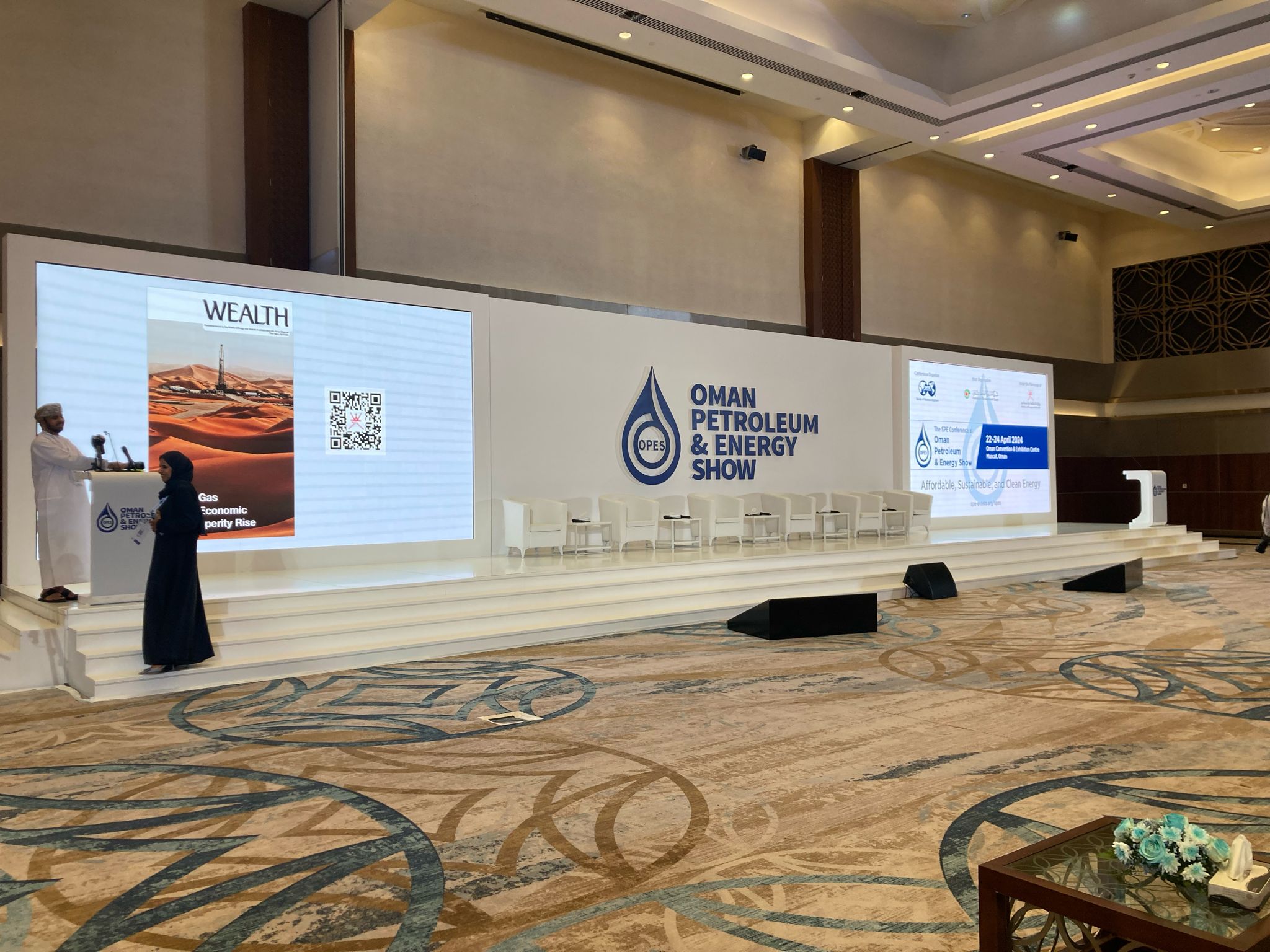Uruguay’s offshore green hydrogen tender modelled on oil and gas: Ancap
In the upcoming tender, Ancap will offer four blocks for companies to install renewable energy to make green hydrogen.

When it came to modelling the bidding terms of a pioneering tender for offshore green hydrogen, Uruguay borrowed from a familiar playbook. A staged approach that has long been the standard in the oil and gas industry turned out to be a compelling fit, according to Santiago Ferro, who manages energy transition at Uruguay’s state-owned oil company Ancap.
“The tender terms and contract model have many analogues with oil and gas. This has been well-received by industry executives,” Ferro told Gas Outlook on the sidelines of the Arpel-Naturgas conference in Cartagena last week.
“We are advancing very well, and are now waiting for the energy and environment ministries to approve the tender terms and contract model,” Ferro said.
In the upcoming tender, Ancap will offer four blocks for companies to install renewable energy for the production of green hydrogen. The shallow-water blocks have an average size of around 700 km2 and are located more than 43 km off Uruguay’s coast.
Green hydrogen, which is split from water using electrolysis that is powered by renewable energy, often sparks caution among investors because it is still far from commercial application. At the conference, one typical view was expressed by Ana Milena Lopez Rocha, chief financial officer of Colombia’s state-controlled oil company Ecopetrol. “Unlike renewables, the returns on green hydrogen are not there yet, but we will continue to ripen projects to bring them to a place where they can be sanctioned,” she told delegates.
Ancap’s contract structure is aimed at addressing this commercial uncertainty by giving investors a generous period of gradually rising commitments.
Companies will have 10 years, broken into three stages, to determine whether they will proceed with development. In the first two-year stage, companies will conduct early evaluations before moving into the next four-year stage of assessing renewable energy potential. And in the final four-year stage, the company could install a pilot plant. If successful, the company can advance to negotiating project development. And if not, the the block can be returned to Ancap, much like what happens in the oil and gas industry.
The likely renewable energy choice for the offshore areas is wind, given gusty South Atlantic conditions. But companies can opt for any form of renewable energy, including solar and tidal plants, Ferro added.
Uruguay is already a renewable energy trailblazer. Nearly all of the electricity it consumes is renewable, mainly hydro and wind.
The country is progressing with onshore green hydrogen as well. Chilean-led HIF Global last year won a contract to produce carbon-neutral e-fuels derived from green hydrogen in western Uruguay. HIF tells Gas Outlook it is currently at the stage of permitting and engineering.
Beckoned by geological parallels with hydrocarbons-rich Namibia, Uruguay is not giving up on finding oil and gas offshore. By 2028, U.S. independent oil company APA, formerly known as Apache, is committed to drilling one exploration well on Block 6. Other acreage holders include Shell and Argentina’s state-controlled YPF.
Uruguay is hoping big oil companies such as Shell will consider developing the offshore acreage in conjunction with green hydrogen, a combination that could prove to be a model for energy transition. “Maybe these companies could evaluate this opportunity without raising their fixed costs,” Ferro said. “From many points of view, it makes sense.”



